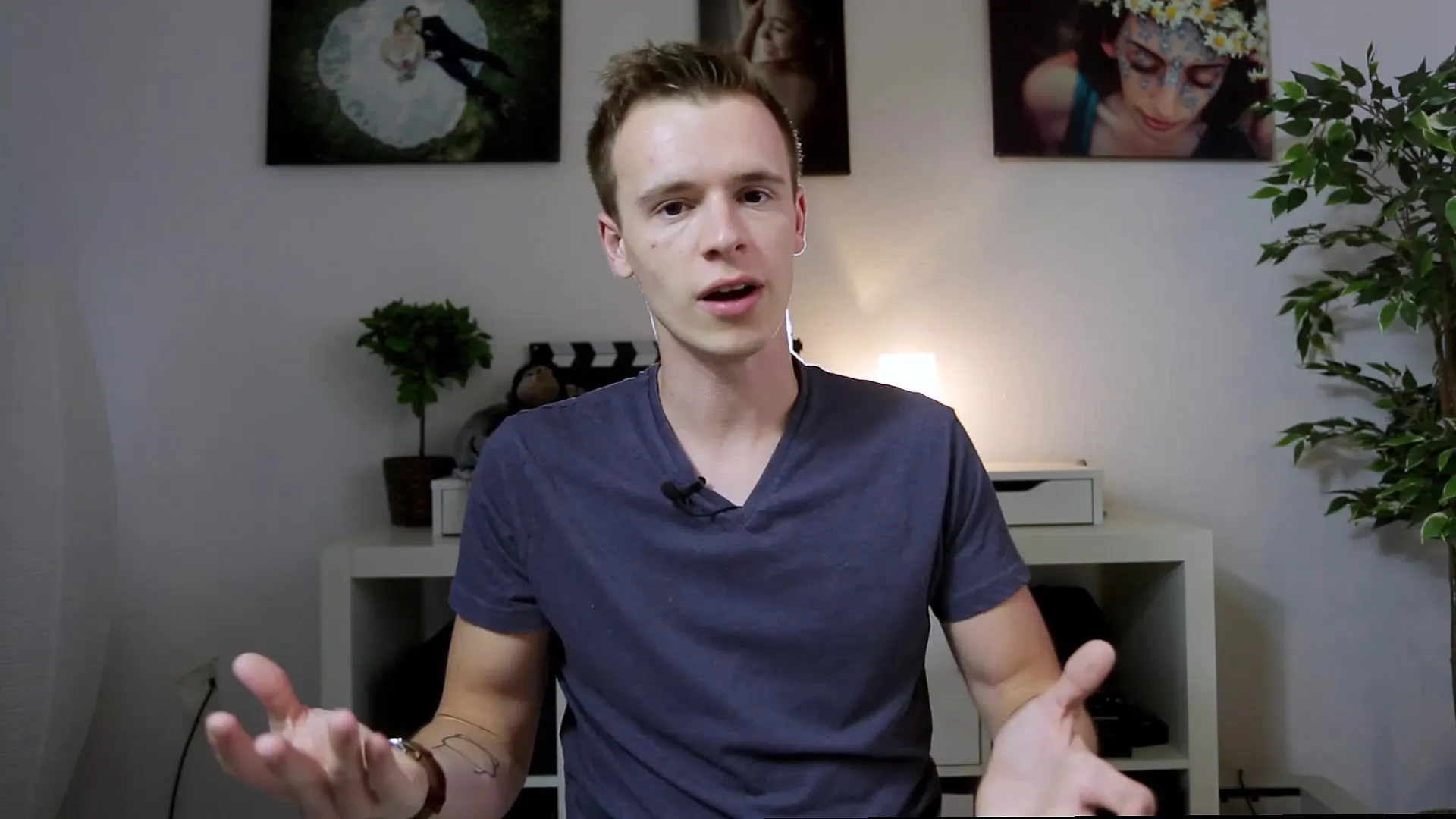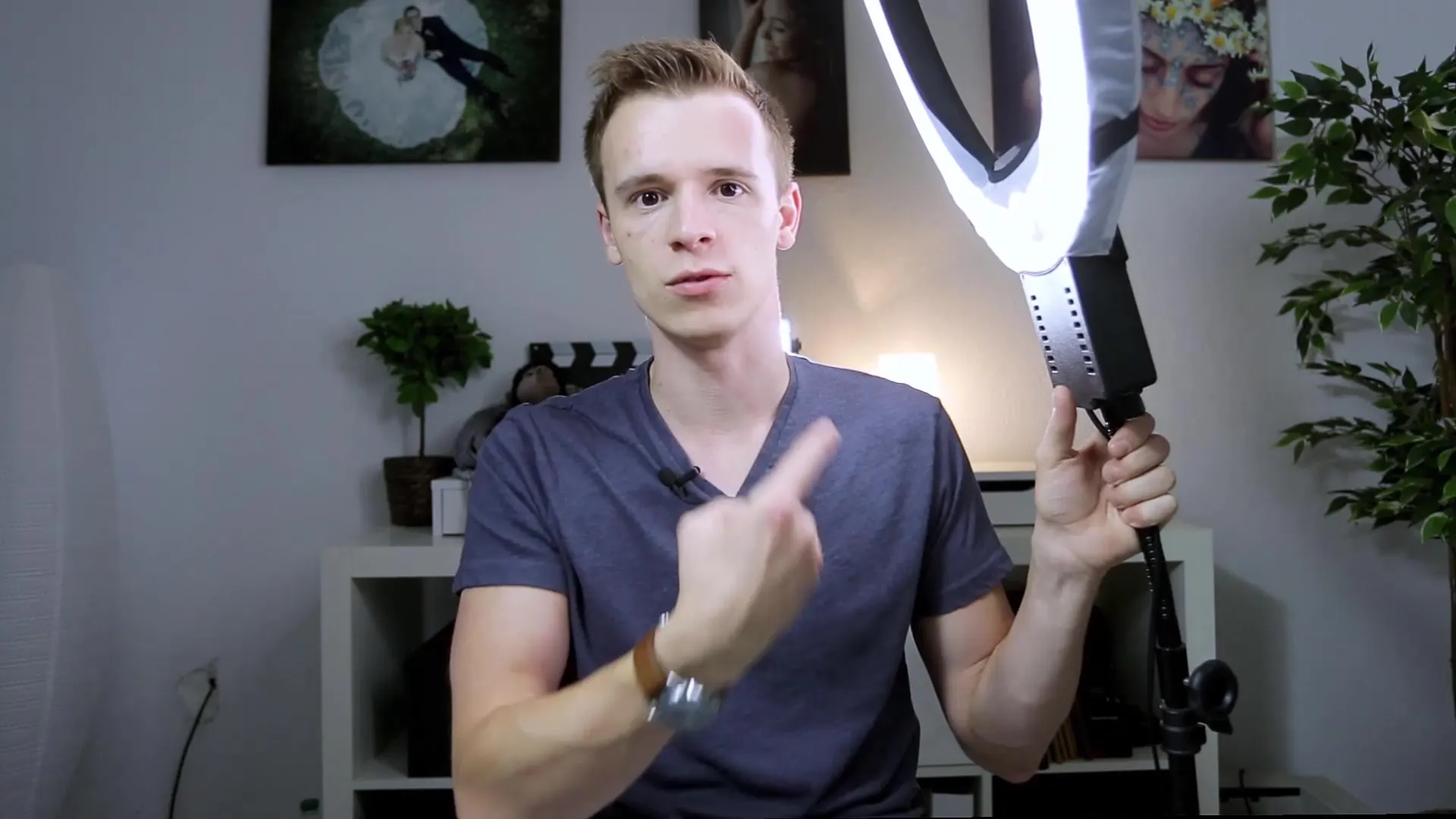Artificial Light is an essential component in video production. It not only affects the quality of the image but also the atmosphere and the expressiveness of a scene. In this guide, you will learn how to effectively use artificial light to achieve the desired results in your video productions.
Key Insights
- Artificial light provides a constant light source, regardless of weather conditions.
- The choice of the right light sources and modifiers is crucial for image quality.
- Inexpensive light sources can deliver results as good as expensive models when used wisely.
- Color temperatures and light distribution are important for achieving natural results.
Step-by-Step Guide to Using Artificial Light
An effective lighting setup makes your videos look more professional and appealing. Here are the steps to use artificial light correctly:
Step 1: Basic Understanding of Artificial Light
Artificial light has the advantage of being consistent regardless of the time of day and weather conditions. This means you can plan and test your setups at ease. Whether it is day or night, the light remains the same and is not affected by clouds or other external factors.

Step 2: Choose the Right Light Source
Not every light source is suitable for video production. It is important to pay attention to the type of light. Standard room lamps are often not the best choice, as they can be color inconsistent and create harsh shadows. You need special light modifiers that allow you to soften the light and optimize light distribution.
Step 3: Use Light Modifiers
To create soft light, you should use light modifiers such as softboxes. These increase the light source size and provide a more pleasant illumination. In my setup, I use a large softbox that allows for excellent light distribution. An alternative is the ring light, especially for makeup tutorials. However, make sure to position it in a way that it does not create distracting reflections.
Step 4: Adjust the Distance to the Light Source
The intensity of the light depends not only on the type of light source used but also on how close you bring it to your subject. A light that is placed closer produces more brightness and makes details more visible. Experiment with the distance to find the best position. The right light often comes from various angles to minimize unwanted shadows.

Step 5: Consider Color Temperature
Avoid using regular bulbs from the hardware store, as these are often available only in warm and cool. Instead, you should use neutral light bulbs set to about 5500 Kelvin. This color temperature ensures a natural light that distorts your image less. Make sure that all light sources you use have a similar color temperature to guarantee a harmonious overall image.
Step 6: Create Effects with Lights
You can also experiment with different light sources to achieve specific effects. For instance, colored light behind your subject can create interesting shadows and highlights. Use color gels or special LED lights to give your videos the desired mood without significantly affecting the primary light sources.
Step 7: Weigh Cost-Benefit Ratio
You don't have to invest in the most expensive light sources right away. Often, simple, inexpensive lamps are sufficient to achieve good results. Over time, you can improve your equipment based on your experience and budget. Experiment with different light sources and techniques to find out what works best for your video productions.
Summary – Artificial Light in Videography: Practical Tips for a Perfect Setup
Artificial light opens up numerous possibilities in video production. It allows you to maintain consistent light quality regardless of external factors and significantly control the visual outcome. With the right light sources and modifiers, a good understanding of color temperature and light distribution, you can achieve impressive results, whether you are just starting out or are already a film professional.
Frequently Asked Questions
What are the advantages of artificial light over natural light?Artificial light provides even lighting regardless of external conditions.
Do I need expensive light sources for good results?No, even inexpensive light sources can deliver effective results when used correctly.
How important is the color temperature of the light?An appropriate color temperature is crucial for achieving natural and appealing image qualities.


